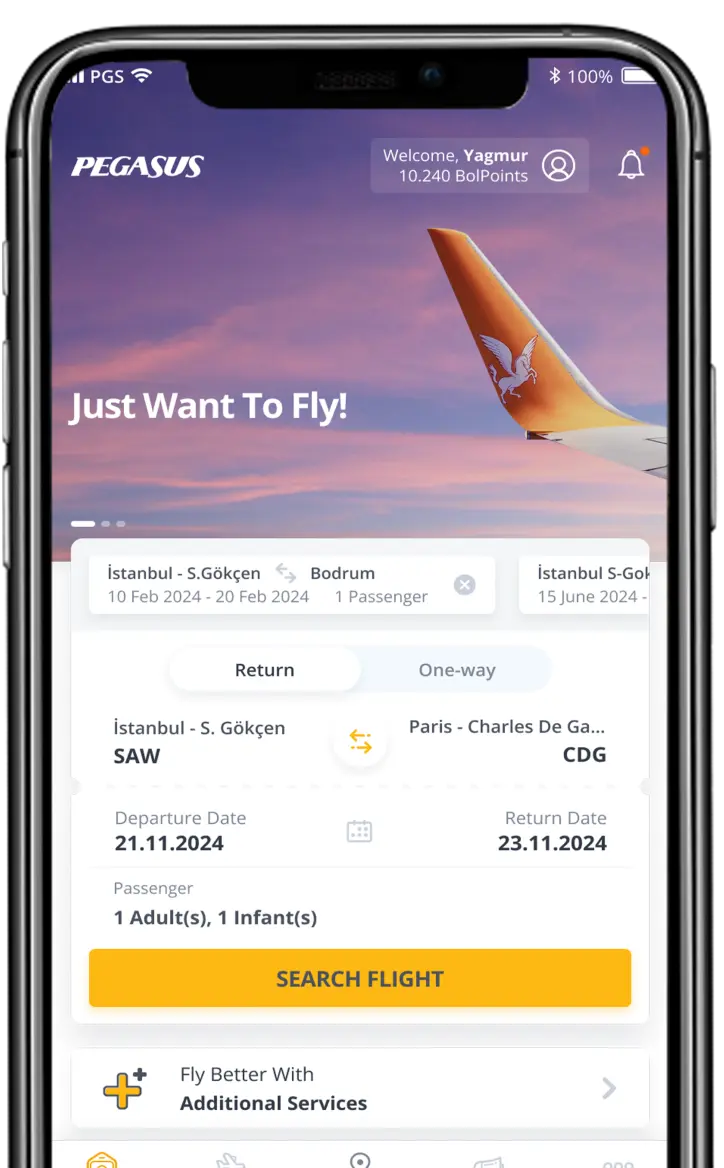
Italy Travel Guide
Since antiquity, Italy, country of south-central Europe, occupying a peninsula that juts deep into the Mediterranean Sea, compromising some of the most varied and scenic landscapes on Earth, has been a center of art and culture. Being home to many historic monuments and artifacts, Italy is a splendid mixture of modern western civilization and ancient history.
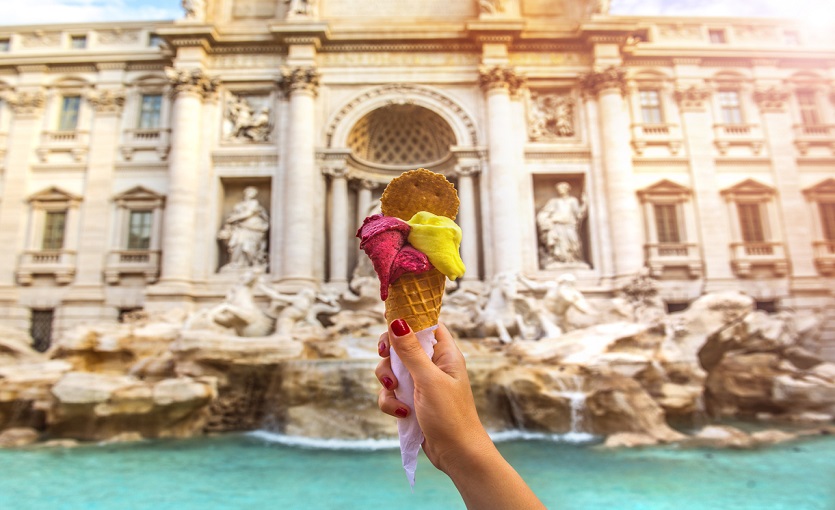
Among Italy's tourist attractions are the artistic and architectural treasures of Rome and Florence; the thousands of historic churches and galleries in smaller cities; the canals and palaces of Venice; the ruins of ancient Pompeii, authentic villas of Tuscany with wine gardens, countless museums, and buildings with architectural elegance. Tourists are also lured by Italy's many beaches and by natural treasures like the Alps.
Italy is home to heart of the Catholic Church, the Vatican City State and to Bologna University, the oldest university of the western world.
Italy has produced some of the internationally most renowned names in fashion, design, and technology. Yet at heart, it remains highly traditional and attached to its customs and heritage which wait to be discovered.
General Information About Italy
| Continent: | Europe |
| Capital of Italy: | Rome |
| Country Code: | IT |
| Language: | Italian |
| The difference between GMT: | GMT+2 |
| Telephone Code: | +39 |
| Domain Extension: | .it |
| Currency: | Euro |
Official Language
The official language of Italy is Italian. There are many dialects of Italian spoken in different regions in Italy. Hence, these dialects may sound very different from the original Italian.
Common Phrases
- ● Good Morning: Buongiorno
- ● How are you?: Come stai?
- ● How can I go to X?: Come posso andare alla X?
- ● Thank you: Grazie
Capital
Rome is the capital city of Italy. It is located in the Lazio region.
Political System
The official name of the country is “The Republic of Italy”. Italy is a constitutional republic. The president, currently Sergio Mattarella, is the head of the state and the parliament consists of two houses which both have equal power: The Chamber of Deputies and the Senate. There are also regional governments. These governments do not hold much power. However, five regions, which are Aosta Valley, Friuli-Venezia Giulia, Sardinia, Sicily, Trentino-Alto Adige/Südtirol, have special status, meaning their governments have special constitutional powers and greater control over local laws and money.
Population of Italy
The population of Italy is 59,233,417 and 72.1 % of it is urban.
Currency
As Italy is one of the twelve countries which formed the EMU, the Economic and Monetary Union, the currency of it is Euro/€/EUR. There are seven different denominations of the euro banknotes: €5, €10, €20, €50, €100, €200 and €500. The coins consist of eight different denominations; 1, 2, 5, 10, 20 and 50 cents, €1 and €2.
Location
Italy is located in Southern Europe, forming the boot-shaped Italian Peninsula in the middle of the Mediterranean Sea. Its neighbouring countries are France, Switzerland, Austria, and Slovenia. Italy also enclaves microstates San Marino and Vatican City within its borders. Italy covers an area of 301,340 km². It has the two biggest Mediterranean islands of Sicily and Sardinia, in addition to many smaller islands.
Local Time
Italy has a one-time zone. Central European Time (CET) is used as standard time, while Central European Summer Time (CEST) is observed when Daylight Saving Time (DST) is in force.
Climate
Italy has a Mediterranean climate and it varies considerably from the north to the south of Italy. In the north of the country - the area between the Alps and the Tuscan-Emilian Apennines - the climate is harsh, with very cold winters and very hot, particularly humid summers. In central Italy the climate is milder, with a smaller difference in temperature between summer and winter and a shorter and less intense cold season than in the north; summers are longer. In southern Italy and the islands winters are never particularly harsh, and spring and autumn temperatures are similar to those reached in the summer in other areas of Italy.
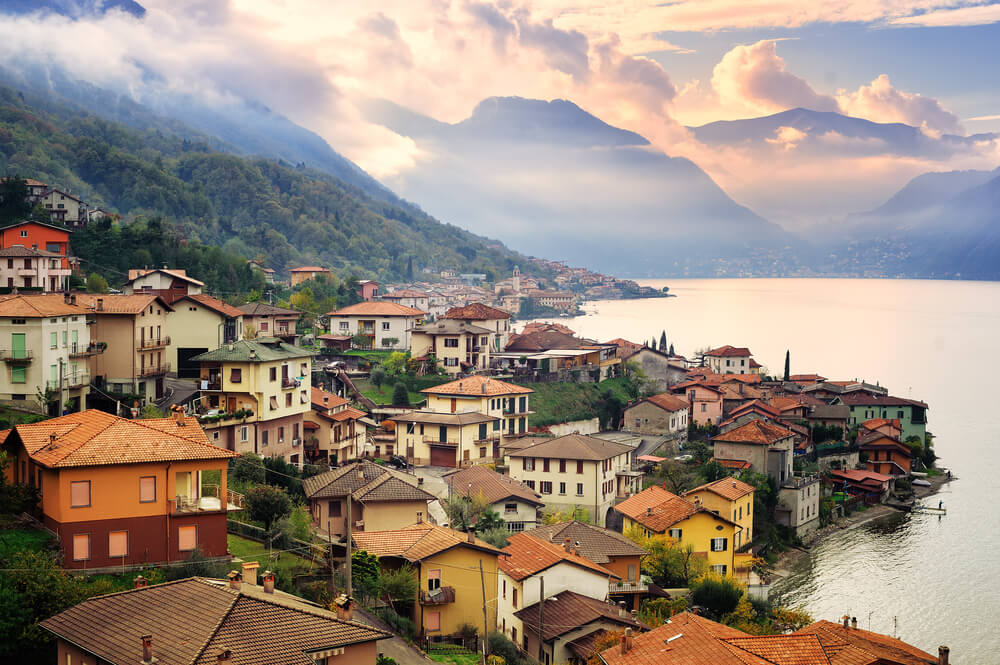
The coastal regions have mild winters and warm and generally dry summers, although lowland valleys can be quite hot in summer. Average winter temperatures vary from 0 °C (32 °F) on the Alps to 12 °C (54 °F) in Sicily, so average summer temperatures range from 20 °C (68 °F) to over 25 °C (77 °F). Winters can vary widely across the country with a lingering cold, foggy and snowy periods in the north and milder, sunnier conditions in the south. Summers can be hot and humid across the country, particularly in the south while northern and central areas can experience occasional strong thunderstorms from spring to autumn.
Biodiversity
Italy has the highest level of faunal biodiversity in Europe, with over 57,000 species recorded, representing more than a third of all European fauna. The Italian peninsula is in the centre of the Mediterranean Sea, forming a corridor between central Europe and North Africa, and has 8,000 km (5,000 mi) of coastline. Italy also receives species from the Balkans, Eurasia, the Middle East. Italy's varied geological structure, including the Alps and the Apennines, Central Italian woodlands, and Southern Italian Garigue and Maquis shrubland, also contributes to high climate and habitat diversity.
How to Go to Italy?
Pegasus Airlines offer flights to following airports in Italy;
- Rome Airport Fiumicino (FCO)
- Bologna Airport (BLQ)
- Naples Airport (NAP)
- Bergamo Airport (BGY)
- Venice Airport (VCE)
Transportation in Italy
Italy offers excellent air links with the rest of the world, but it is also possible to go there by train, by sea or by using the extensive motorway network. It is also easy to travel around the country. The rail network is spread over more than 15,000 kilometres. To reach all of Italy's islands from the mainland, regular ferry services depart from the main towns and cities along the coast. The cities, towns, villages of Italy are connected by efficient bus and coach services that allow visitors to travel around and explore all the sights and attractions. A range of scheduled passenger transport routes is available to travel the length and breadth of the country. There are also airport shuttles which offer service to/from city centres to/from airports. Prices differ from 10€ to 50€.
Transportation from Airports to the City Center
Milan Orio Al Serio Airport: You can reach the city center by bus or train. Or you can easily reach the city center by Terravision or Orio Bus shuttle.
Bologna Airport: You can reach the city center by shuttle buses or taxi from the airport, which is approximately 15 minutes away from the city center.
Rome Fiumicino Airport: You can use the express train to reach the city center. Or you can go directly to Rome Train Station by shuttle.
Venice Marco Polo Airport: The airport is located about 12 km from the city center. You can reach the city center by taxi or bus.
Where to Stay in Italy?
Since tourism is one of the country’s largest industries and a major contributor to the economy, your choice of where to stay in Italy is just about endless. Your options come in all shapes and sizes, from a small “pensione” to even a seven-star hotel. Many hotels in Italy are family owned small enterprises which offer better local experiences. Renting a villa or an apartment is also one of your options. It is actually more affordable especially if you visit with a larger group. There are rental agencies which will help you find a stay suitable for you. However, it is wise to ask for references and have a contact in hand in case you need help with your accommodation.
Italian Cuisine: What and Where to Eat?
Italian cuisine combines the Mediterranean diet with a wide choice of seasonal and regional ingredients. It relies on freshly cooked vegetables, grains, and fruits with seafood, meat and olive oil. The most well-known tastes are pasta, risotto, pizza, lasagna, bruschetta, minestrone, many types of cheese like mozzarella, gelato, carpaccio, a wide range of wine and of course, coffee. When it comes where to try these you should consider hunting for local and small restaurants between streets.
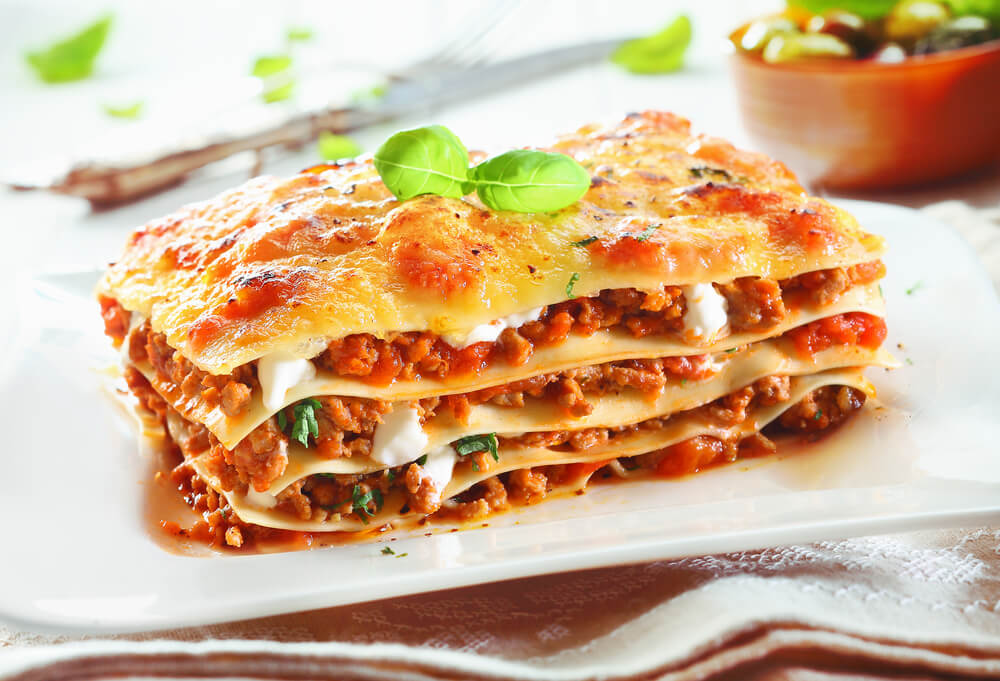
Street food is considered the best in Italy. You can grab your sandwich and sit on the pavement just as locals do. It is advised that you should stay away from fancy restaurants as they are often overpriced and lack of authenticism. As the food should be freshly cooked with basic and local ingredients, try to find places where the dish you would like to try is authentic to that area. For example, the best pizza will be found in Naples, and bolognaise really does come from Bologna. The best Parma ham and parmesan cheese can be sampled and purchased in Parma, and you’ll find great gelato, Spritz and coffee just about anywhere.
Places to Visit in Italy
Rome
Rome heads the list for most tourists traveling to Italy. Relics of its ancient glories - the Colosseum, the Forum, the Pantheon, the Appian Way, the Palatine Hill and the vast riches of the Vatican are among the top attractions. There are also important sights like the Sistine Chapel and Michelangelo's Pieta. Relaxing in the Borghese gardens, eating gelato on the Spanish Steps, and tossing a coin in Trevi Fountain are some of the many experiences you can enjoy.
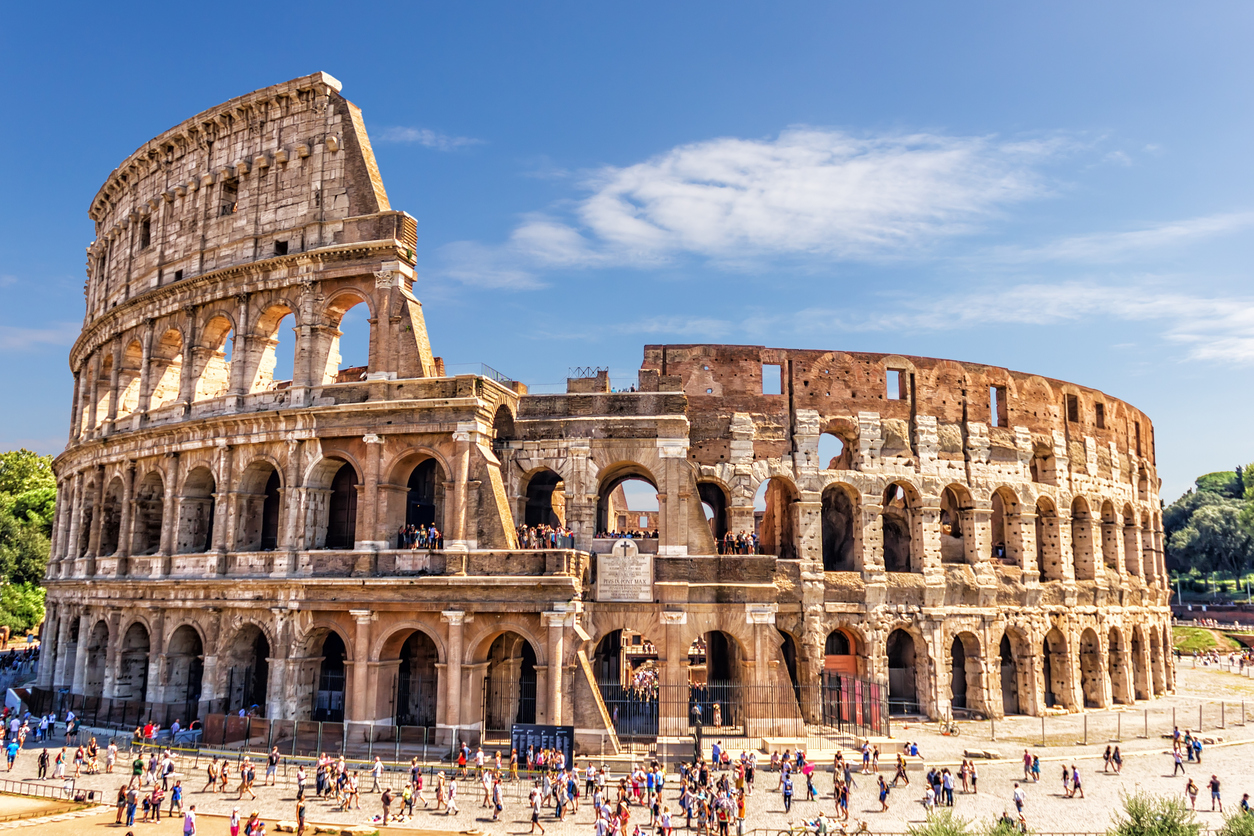
Florence
Birthplace of the Renaissance, Florence is a big art museum on its own. The Duomo, the Cathedral of Santa Maria del Fiore, is a landmark of world architecture. you can overdose on art in the Uffizi Gallery and Pitti Palace, stroll through the Boboli Gardens and explore the artisans' studios and workshops of the Oltrarno.
The Cinque Terre
There are five towns that cling to the steep, rocky Mediterranean coast north of La Spezia and they were almost impossible to reach by land until the railway connected them by tunneling through the headlands that separate them. The colourful buildings facing the coast create one of the most distinguished views you can ever see. The sea is almost translucent and there are many hidden beaches on this coast where the white sand reflects the golden sun of Italy.
Sicily
The island of Sicily has earned seven places on the UNESCO World Heritage Site list, three for its ancient sites, two for natural wonders, and two for architectural treasures. Some of the finest remaining examples of ancient structures are in Sicily: at Selinunte is one of the largest Greek temples; in Agrigento, at the Valley of Temples, is one of the three most perfect Greek temples anywhere; and the 3,500 square meters of mosaics at Villa Romana del Casale in Enna decorate one of the best-preserved villas in the entire Roman Empire. Sicily is the place if you want a true ancient ages experience.
Lake Como
Lake Como, also known as Lario, is the third largest of the Italian lakes. Located at the foot of the Alps, Lake Como provides one of the most picturesque sceneries in the world. It is studded with magical villages and towns. Boat trips and tours are the most recommended experiences. Also, there are wonderful beaches on its shores where you can sail or windsurf. Como City, Bellagio, Varenna, and Menaggio are the most favourite towns. All of them are in the province of Como or Lecco.
Holidays and Festivals
January 1: As it is the first day of the new year, many Italians take the day off. Many restaurants, shops, and attractions are closed.
January 6: The Epiphany, celebrated as a national holiday, marks the 12th and final day of Christmas.
Easter: The date of this widely-celebrated religious holiday varies sometime between March and April, based on the Gregorian calendar. Regardless of exactly when it falls, the week leading up to Easter Sunday attracts tourists from around the globe, especially to the Vatican, making it one of the most crowded (and potentially expensive) periods of the year for travel to Italy.
April 25: Italians remember the end of World War II with the Festa della Liberazione. Many extend the holiday to Labor Day on May 1
June 2: The Festa della Repubblica marks the birth and unification of the Italian Republic. If you can, head to Rome for this national holiday—that’s where you can enjoy the holiday’s huge, patriotic military parade.
December 8: This holy day and bank holiday commemorate the Immaculate Conception of Mary. The Day of the Immaculate Conception is often considered the start of the Christmas season when lights and nativity scenes go up and world-famous Christmas markets commence.
December 25: Christmas is a wonderful time to visit Italy, thanks in large part to the gorgeous decorations and festive atmosphere. Almost all museums, stores and restaurants are closed.
December 26: The day of Santo Stefano (Saint Stephen), the day after Christmas, is also a national holiday.
Local Holidays
From large cities to small towns, Italians honor the patron saint of their home town each year by taking the day off and celebrating with events like parades and markets. Some of the most popular local festivities include April 25th in Venice (Saint Mark), June 24th in Florence, Genoa and Turin (St. John the Baptist), June 29th in Rome (Saints Peter and Paul), September 19th in Naples (Saint Gennaro) and December 7th in Milan (Saint Ambrogio).
Visa Requirements
All EU / EEA nationals will only need to present an identification document to enter Italy, due to the common travel area of the Schengen Zone, part of which Italy is.
On the meantime, if you are a non-EU/EEA traveler wishing to visit Italy, San Marino or the Vatican, you will need to present the following at the Italian port of entry, in order to be permitted to enter:
A valid passport or travel document. Valid for at least three more months beyond their planned date of Exit from Schengen, and issued within the last 10 years.
A visa – if they are subject to Italian visa regime.
Other documents such as an invitation letter by an Italian host, proof you have the financial means for a trip to Italy or a round-trip ticket, may be required from you. You will need a short-stay visa to enter Italy and any other member country of the Schengen zone if you belong to one of the following categories:
You are the national of a third-world country that has not reached a visa liberalization agreement with the Schengen states
You are the national of a third-world country that has signed a visa liberalization agreement with the Schengen states, but you were previously rejected from entering Italy or any other Schengen country.
You can learn the details of the Italy visa application process from the "Italy Visa Guide" article.
Things You Should Know Before Visiting Italy
- “Riposo” is Italy’s midday siesta. From 1-4 p.m. you can expect to find many shops and restaurants closed. Italians like to take time in the afternoon to go home, have lunch, and relax with family before heading back out to do business again.
- Many restaurants have a cover charge called “coperto”, so unless specified as “no service charge” you may as well get used to having to pay a fee when you sit down at a restaurant. This can be anywhere from 1 to 5 Euro, and it is not just because you are a tourist. Italians and foreigners alike have to pay the charge to sit at the table.
- “Ciao” can be used for hello and goodbye, “grazie” is used everywhere to say thanks, and when you do not understand just say “Non capisco” (I do not understand) or “Non parlo Italiano” (I do not speak Italian).
- Just buying your tickets on the bus or train station is not enough. You must validate them at the little machines nearby to prove that you are using the ticket right then and there.
- Remember that Italy uses both the “Type L” Italian adapter and the Europlug.
Emergency Numbers in Italy
12: Telephone Directory Assistance.
112: Carabinieri (Local Police).
113: Emergency Police Help.
115: Fire Department.
116: A.C.I. (Italian Automobile Club) Road Assistance.
118: Medical Emergencies and Ambulance.
1515: Forest Fires.
All Country Guides
Bosnia and Herzegovina Travel Guide
Turkish Republic of Northern Cyprus Travel Guide


